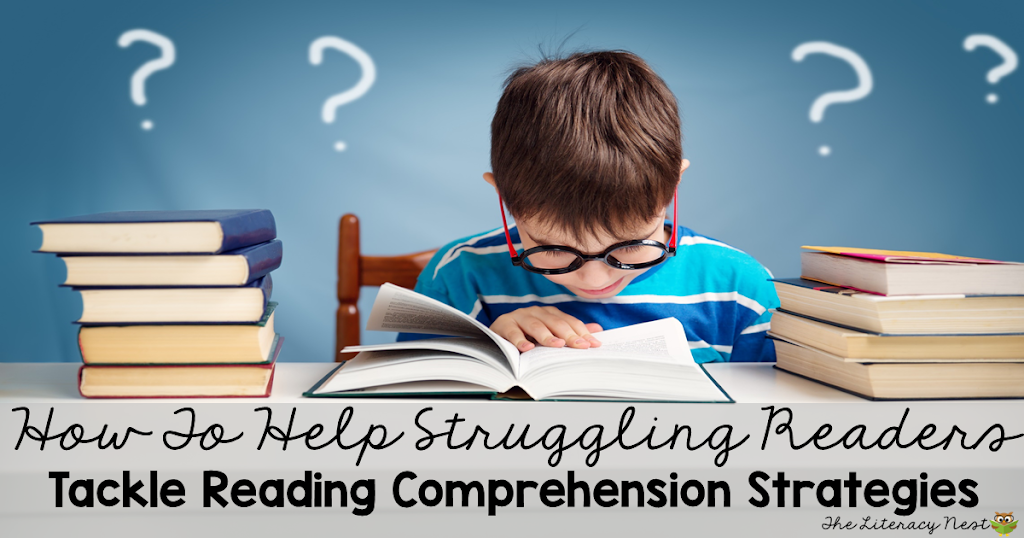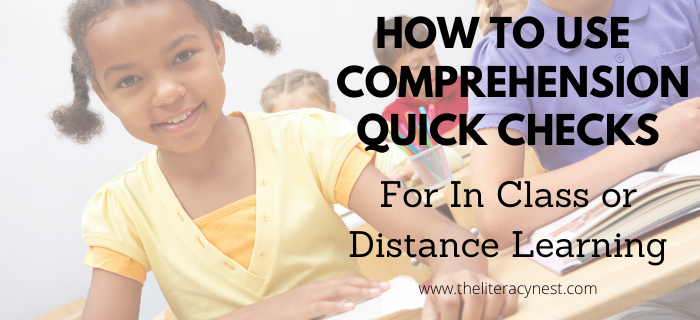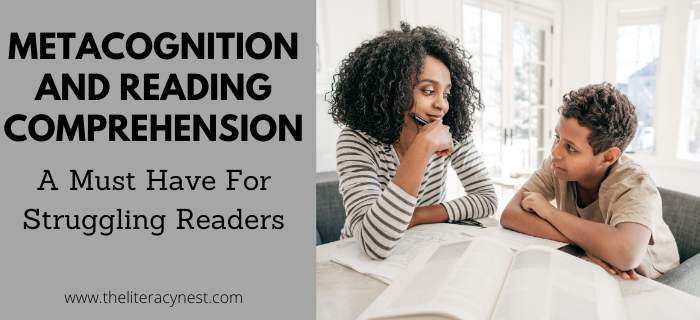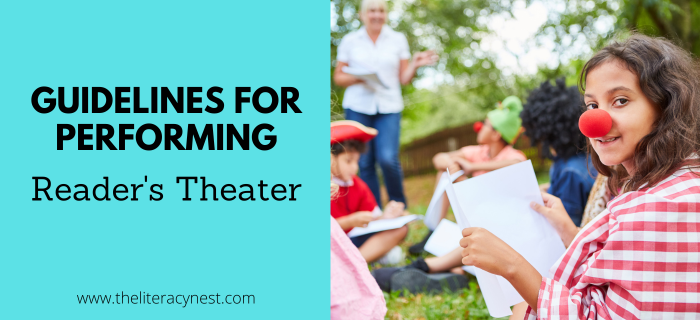Explicit Instruction of Comprehension Strategies for Struggling Readers
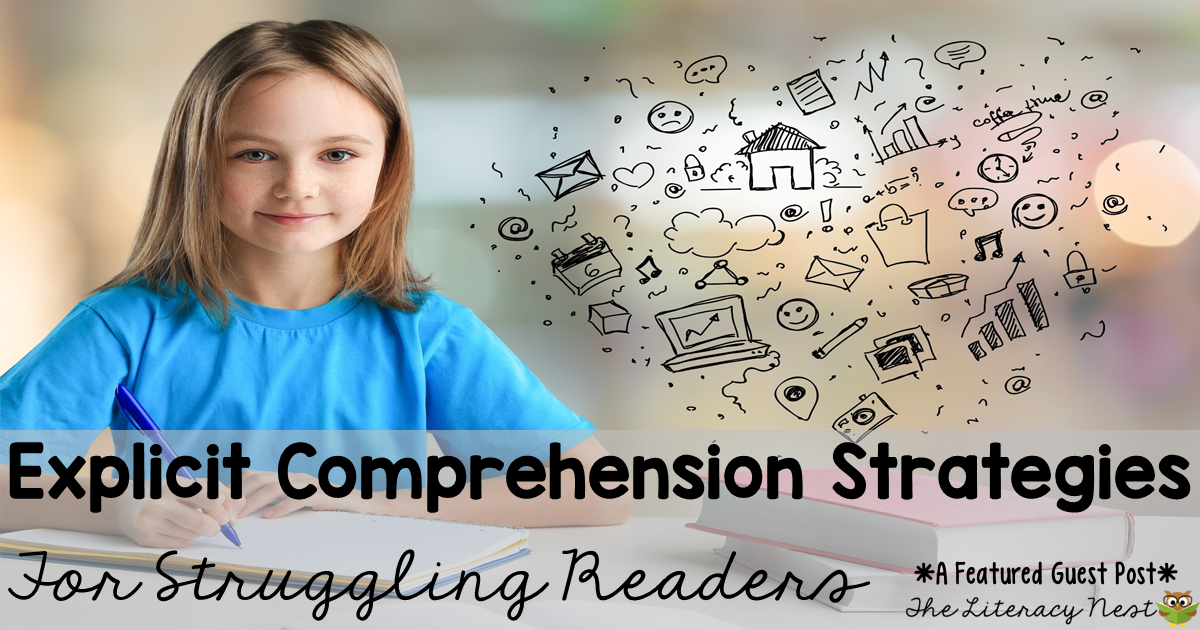
There are a variety of reasons why students struggle to develop reading and writing skills, and many of these students need explicit instruction in foundational skills such as phonics for decoding and spelling, automatic fluent reading skills, and basic text structures. However, the ultimate goal of reading is to comprehend, which is why teachers can’t wait to teach comprehension skills until the basic skills have been mastered. All students, but especially those who struggle with comprehension, benefit from explicit instruction of comprehension strategies.
Please welcome Joan Sedita from Keys to Literacy to my blog for a helpful post on explicit comprehension strategy instruction for struggling readers.
Several reviews of research, including the report from the National Reading Panel, conclude that teaching a relatively small set of comprehension strategies enhances comprehension, including the following:
- Strategies that support comprehension monitoring while reading
- Use of graphic organizers
- Main idea and summarizing
- Question generation by students
These findings also show that learning improves significantly when comprehension strategies are combined into a collection that students can choose from depending on the task. During the 1970’s while teaching at a school for students with learning disabilities, I developed a comprehension instruction routine that combines four strategies:
- Top-down topic web graphic organizer
- Two-column notes
- Summarizing
- Question generation by students using Bloom’s Taxonomy
Over the years I have refined these instructional practices by teaching many students, and also through the training of thousands of teachers in my work as a literacy teacher trainer. For this guest blog post, I’ve provided some instructional suggestions for the first two strategies and links for related resources for all four including links to my Literacy Lines blog.
Top-Down Topic Webs
A top-down topic web provides a visual overview of the main topics from anything that is read, said, or done. It provides a visual schema that helps students make connections among categories of information. The overarching topic is placed at the top, and the sub-topics are arranged vertically to represent the relationships among the topics. Placement of topics and the use of shape and color play an important role in making the topic web user-friendly for students. A different shape is used to denote each level of the topic.
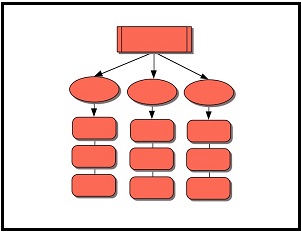
Why this format? Most teachers recognize the value of graphic organizers, but there are hundreds to choose from. The result is that students who need them the most are often overwhelmed by so many. Top-down webs are flexible enough to be used for any subject.
Who generates the topic webs? The answer is the teacher at first, especially when introducing the strategy or as a scaffold to organize information before students read. However, following a gradual release of responsibility model (I do, We do, You do), the goal is for students to create their own topic webs.
To learn more about how to teach topic webs:
- visit these blog posts: The Great and Powerful Topic Web and Top Down Topic Webs.
- download the handout Creating a Top-Down Topic Web
- watch this video
Two-Column Notes
Note taking is a procedure for recording information from anything that is read, said, or done. Taking notes enhances students’ comprehension as they process, organize, and restate the information in their own words. It also encourages metacognition as students must actively search for main idea and key supporting details. Finally, it is a valuable tool for gathering and organizing information to write from a variety of sources. I have found a two-column format most effective, especially for students who struggle with reading.
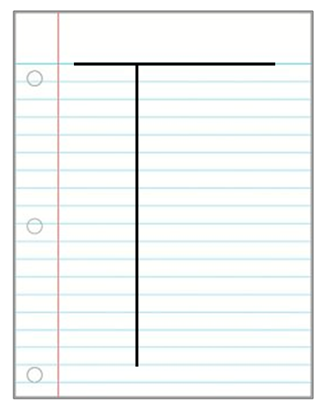
A page of two-column notes consists of a vertical line down a page with a horizontal line at the top. The vertical line is drawn about 1/3 of the way from the left side of the paper. Main ideas and topics are written in the left column and associated key details are written in the right. The heading or main topic is written across the top of the notes.
Beyond the format, the more challenging part of note taking instruction is teaching students the underlying sub-skills needed to take notes, including:
- main idea vs details
- paraphrasing in the student’s own words
- writing concisely and using abbreviations
- listening and attending skills when taking notes from a lecture, audio or video source
To learn more about how to teach two column note takings:
- visit this blog post: Explicit Instruction of Note Taking Skills and Main Idea and Note Taking Tips for Parents
- download this handout two-column note template
- watch this video
Summarizing and Question Generation
These two comprehension strategies really help critical thinking skills. Here are some resources for learning more about teaching these skills:
Summarizing:
- visit this blog post: Scaffolds to Support Summarizing
- download this handout How to Write a Summary
- watch this video
Question Generation by Students:
- visit these blog posts: Question Generation – A Key Comprehension Strategy and Teaching Question Generation
- download these handouts Question Terms and Question Prompts
Additional Literacy Resources
You can find a large collection of free resources for teaching literacy skills at the Free Resources section of my website, including video and webinars, templates and printables, and several of my published articles and book chapters.
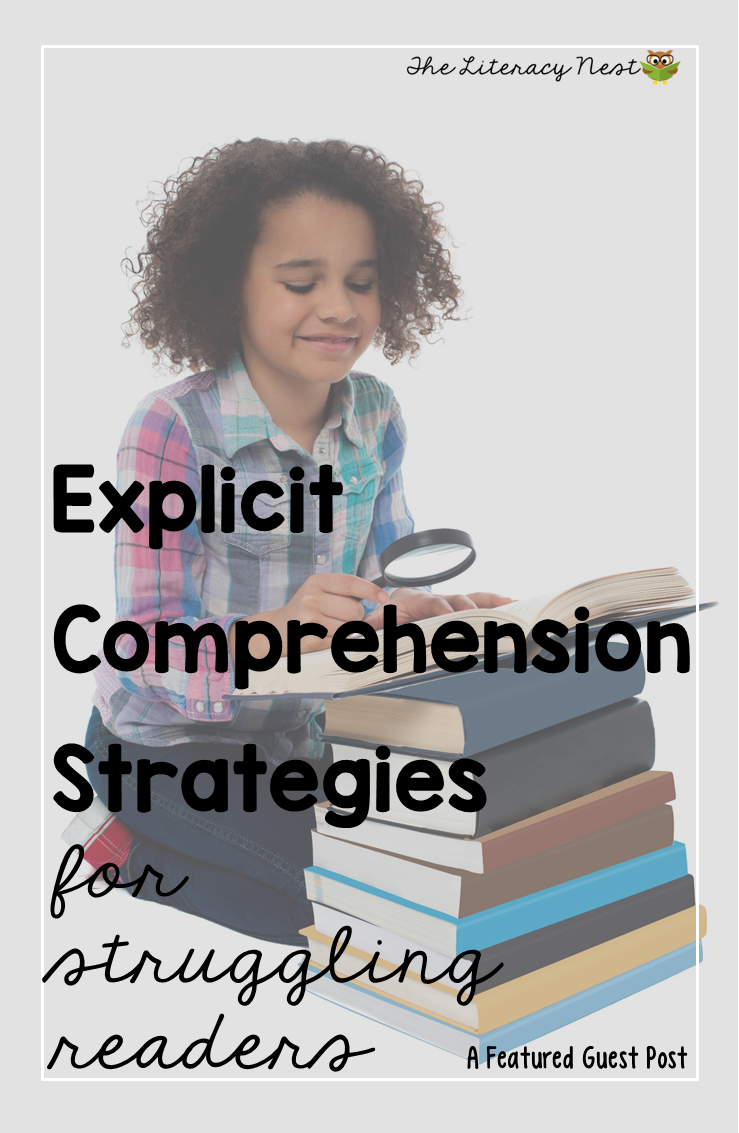
About the guest author, Joan Sedita
Joan is the founder of Keys to Literacy, a professional development organization based in MA. In the literacy field since 1975, Joan is a nationally recognized teacher trainer and author of numerous books, articles, and professional development programs. She worked for 23 years as a teacher and administrator at the Landmark School, a pioneer in the development of literacy intervention programs. Joan was one of the three lead trainers in MA for the Reading First Program and was a national LETRS author/trainer. She received her M.Ed. in Reading from Harvard University. Her website is www.keystoliteracy.com and she can be emailed at info@keystoliteracy.com


